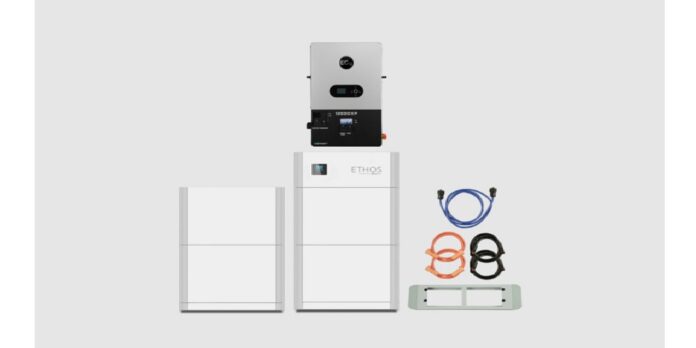While many solar battery banks still use lead acid batteries, they are yielding in favor of newer, more efficient, patently better alternatives, chiefly in the form of lithium batteries.
And while lithium battery banks for a solar system are more expensive than conventional lead-acid batteries, the performance is well worth the cost – and there might be a silver lining around the cost, anyway. Keep reading.
Lithium Batteries Last Longer
Lead acid batteries tend to survive only through a few hundred cycles, which usually only equates to a few years; usually less than five.
High-quality lithium battery banks generally last for several thousand; some may last as many as 10,000 cycles which could in some cases be as long as 10 years.
They Tend to Take Up Less Space
Big lithium batteries are not light, but compared to lead acid batteries, they’re definitely smaller, more convenient to move, and more compact. This is useful if your home has limited space or you have a large solar energy system that needs several batteries.
They Offer Higher Energy Density
Another benefit for homeowners in situations in which space is limited, smaller, lighter lithium batteries can hold more energy than comparable lead-acid batteries, making them not only more powerful but more convenient.
High Depth of Discharge (DoD)
Depth of discharge refers to how much power the battery can output relative to how much total energy it can store. Lithium batteries have a much higher depth of discharge than other alternatives.
Deep cycle lithium ion batteries usually have a depth of discharge in the area of 90% to 95%, which means they can release an output that’s nearly equivalent to the amount of energy they can store.
For some lead-acid batteries, the DoD could be more in the area of 50%, which is far lower than a quality lithium solar battery.
Lithium Is the Maintenance-Free Option
Flooded lead acid batteries need to be watered, you need to be careful when you charge them and only do so in a well-ventilated area, and they’re prone to discharge around the terminals. There is a lot of maintenance associated with them.
This is not the case for lithium battery banks, which are effectively maintenance free by comparison. On top of that many high quality lithium solar batteries are also covered by advanced BMS, or battery management systems, that help protect against overcharging, overheating, and which balance the battery’s cells.
There May Be a Way for You to Offset the Costs
By this point, you should be getting the impression that lithium battery banks for a solar system’s excess power storage are better than lead acid and other alternatives, and that’s the truth.
But there’s still the high cost of lithium battery replacements to reckon with. Fortunately, there are federal programs and tax credits that incentivize homeowners to invest in clean energy, which is inclusive of solar panels and the batteries needed to capture the energy. These programs may be able to help you offset the cost of lithium batteries.
Where to Get Lithium Battery Banks for Your Solar System
Here because you want to explore a quality provider of lithium battery banks? Check out BigBattery. They carry a wide range of options, many of which are covered by advanced battery management systems as well as generous warranties in excess of 10 years, so you can buy with confidence.





